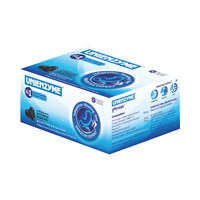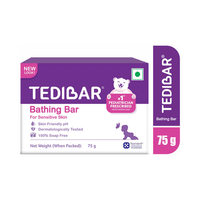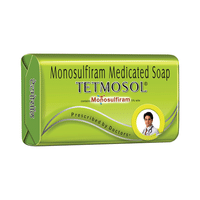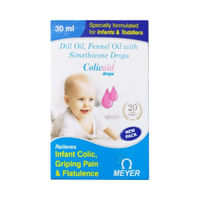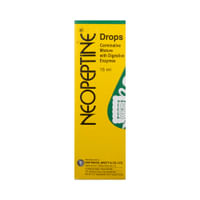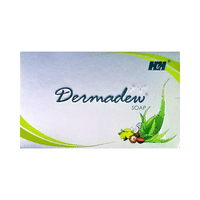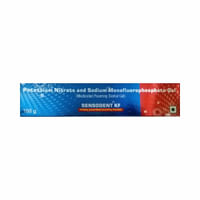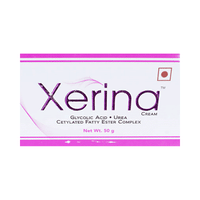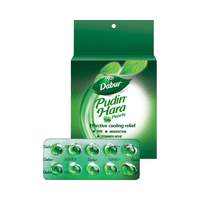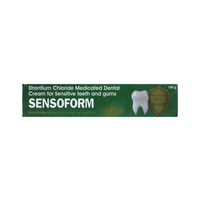Link Gel
Rs.50for 1 tube(s) (10 gm Gel each)
food interaction for Link Gel
alcohol interaction for Link Gel
pregnancy interaction for Link Gel
lactation interaction for Link Gel
medicine interaction for Link Gel
food
alcohol
pregnancy
lactation
medicine
No interaction found/established
No interaction found/established
Link Gel may be unsafe to use during pregnancy. Although there are limited studies in humans, animal studies have shown harmful effects on the developing baby. Your doctor will weigh the benefits and any potential risks before prescribing it to you. Please consult your doctor.
CONSULT YOUR DOCTOR
Link Gel is safe to use during breastfeeding. Human studies suggest that the drug does not pass into the breastmilk in a significant amount and is not harmful to the baby.
SAFE IF PRESCRIBED
No interaction found/established
SALT INFORMATION FOR Link 2% w/w Gel
Lincomycin(2% w/w)
Link gel uses
{med_name} is used in the treatment of acne.
How link gel works
Link Gel is an antibiotic. It works by preventing synthesis of essential proteins required by bacteria to carry out vital functions. Thus, it stops the bacteria from growing, and prevents the infection from spreading.
Common side effects of link gel
Application site reactions (burning, irritation, itching and redness), Vomiting, Headache, Nausea, Diarrhea, Skin rash, Dizziness, Itching, Ringing in ear, Vertigo, Glossitis (tongue inflammation), Stomatitis (Inflammation of the mouth), Abdominal pain, Vaginal infection, Decreased blood cells (red cells, white cells, and platelets), Agranulocytosis (deficiency of granulocytes in the blood), Aplastic anemia, Anaphylactic reaction, Decreased white blood cell count (lymphocytes), Decreased white blood cell count (neutrophils), Jaundice, Abnormal liver function tests, Urticaria, Sleepiness, Injection site reaction, Hypotension (low blood pressure), Renal impairment, Toxic epidermal necrolysis, Stevens-Johnson syndrome, Pseudomembranous colitis, Thrombocytopenic purpura, Low urine output, Protein in urine, Bullous dermatoses (skin disease characterized by presence of blisters), Exfoliative dermatitis, Clostridium difficile colitis
SUBSTITUTES FOR Link Gel
1 Substitutes
1 Substitutes
Sorted By
 Rs. 270pay 241% more per gm of Gel
Rs. 270pay 241% more per gm of Gel
Expert advice FOR Link Gel
- You have been prescribed Lincomycin for the treatment of acne.
- You may have to use it for a long time before your acne starts to improve. Be patient and keep using it every day.
- Apply it as a thin layer onto clean, dry, unbroken skin affected by acne.
- It may cause minor burning, stinging, or irritation when applied. Inform your doctor if this does not go away.
- Avoid contact with your eyes, nose or mouth. Rinse it off with water if you accidentally get the cream in these areas.
- If you think the area of skin you are treating has become more irritated and infected, you should stop using Lincomycin and consult your doctor.
Frequently asked questions FOR Link 2% w/w Gel
Lincomycin
Q. How to use Link Gel?
Before using Link Gel, clean and dry the affected area. Gently and thoroughly massage it into the skin. Be careful not to get the medication in your eyes or mouth. If Link Gel gets in your eyes accidentally, wash with plenty of water and call your doctor if your eyes are irritated.
Q. How long should I use Link Gel?
Use Link Gel for as long as your doctor tells you. You may have to use it for several months to clear your acne completely. Even the initial benefits may take several weeks to appear following which you shall be able to note a gradual but definite improvement. Usually, Link Gel should be used for a maximum of 12 weeks. You may need to use more than one tube of Link Gel during each course of treatment.
Q. What does Link Gel do for acne?
Link Gel treats and prevents acne by stopping the growth of bacteria (Propionibacterium acnes) which causes it. Acne is an extremely common skin condition. During adolescence, grease glands in the skin produce extra grease in response to normal amounts of sex hormones in the body which can cause blocked pores (i.e., blackheads). When this happens, the pores are invaded by bacteria. As a result, certain chemicals are produced which go into deeper parts of the skin to produce red spots filled with pus, called acne.













